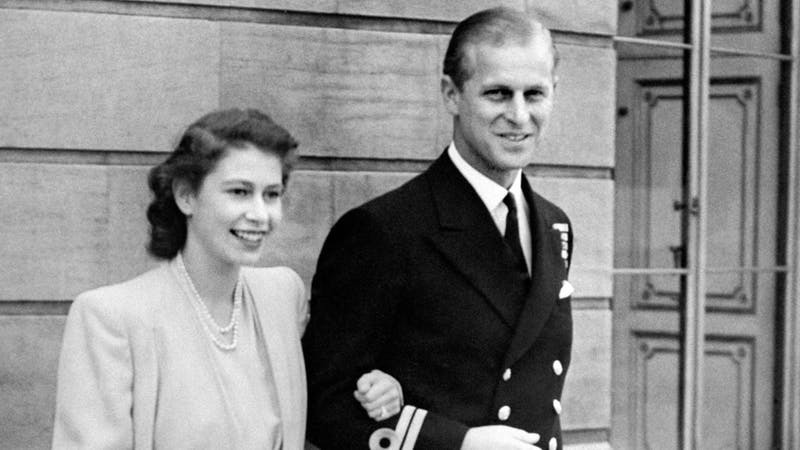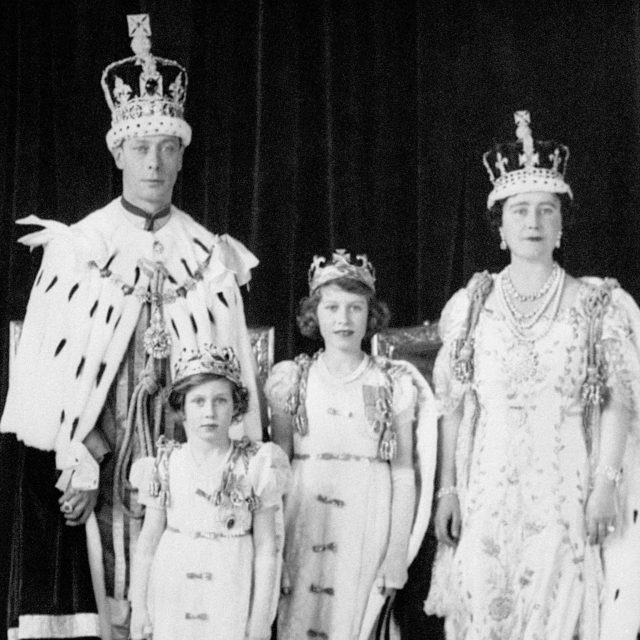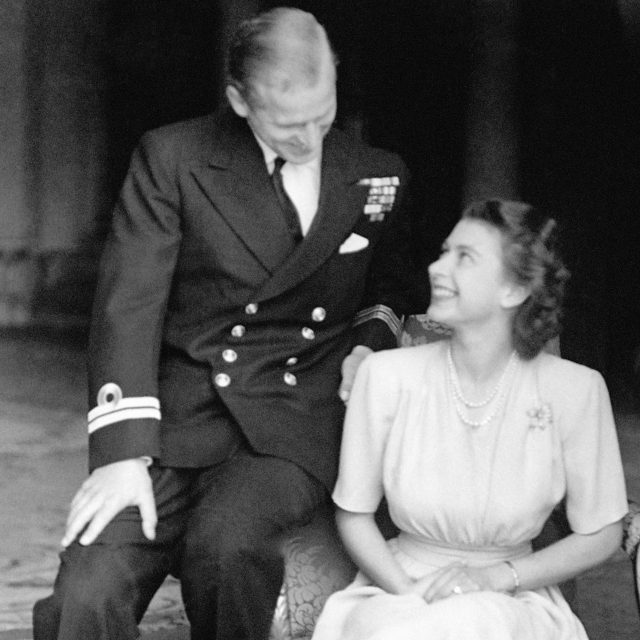
THE romance between Prince Philip of Greece and Princess Elizabeth sprang out of a summer encounter on the tennis courts in 1939.
The future couple, who are distant cousins, had been at the same gatherings on a number of occasions.
When Philip was 13 and the Princess was eight, they both attended the 1934 wedding of Philip’s cousin Princess Marina, later Duchess of Kent, and Elizabeth’s uncle, Prince George, Duke of Kent.
They were also both guests at the coronation of George VI in 1937.
But it was at the Royal Naval College in Dartmouth, Devon, when King George VI and Queen Elizabeth visited with their two daughters, that the pair had their first publicised meeting in July 1939.
King George VI’s official biographer, Sir John Wheeler-Bennett said the Princess fell for Philip at once on that pivotal weekend.
“This was the man with whom Princess Elizabeth had been in love from their first meeting,” he wrote.
Philip, who was just 18, was introduced to 13-year-old Elizabeth at the house of the Captain of the College, later Admiral Sir Frederick Dalrymple-Hamilton.
Two of the other cadets due had contracted mumps, so Philip was the only one allowed to meet them.
Handsome, blond-haired, athletic Philip caught Lilibet’s eye as he entertained her by jumping over tennis nets.
Marion Crawford, Elizabeth’s governess, recalled: “I thought he showed off a good deal.”
But the Princess was entranced. “She never took her eyes off him the whole time,” ‘Crawfie’ wrote.
Although Elizabeth was smitten, stories that Philip had thoughts of marrying teenage Elizabeth when they met at Dartmouth were, according to the Duke, wide of the mark.
“Well, we’d met at Dartmouth, and as far as I was concerned it was a very amusing experience, going on board the yacht and meeting them, and that sort of thing, and that was that,” he told biographer Basil Boothroyd.
The pair maintained a regular correspondence and met on several more occasions. Philip was also invited to spend the Christmas of 1943 with the Royal Family at Windsor.
In an attempt to stop any gossip about their relationship, the Princess switched the photograph of a clean-shaven Philip which she kept in her room, with one of him sporting a large beard.
But by the end of the war newspapers were already speculating about romance.
Elizabeth and Philip began to talk of getting engaged while at Balmoral during the summer of 1946, but any confirmation was delayed until the Princess turned 21 and had returned from a key royal tour of South Africa with her parents.
The Duke revealed: “We used to correspond occasionally. You see it’s difficult to visualise. I suppose if I’d just been a casual acquaintance it would all have been frightfully significant.
“But if you’re related – I mean I knew half the people here, they were all relations – it isn’t so extraordinary to be on kind of family-relationship terms with somebody.
“You don’t necessarily have to think about marriage.
“I suppose one thing led to another. I suppose I began to think about it seriously, oh, let me think now, when I got back in ’46 and went to Balmoral.”
Philip applied for British nationality and in February 1947 became a naturalised British subject, renouncing his Greek royal title and adopting the surname of Mountbatten.
Five months later, in July 1947, it was officially announced by Buckingham Palace that he was to marry the Princess.

Enjoy the convenience of having The Sunday Post delivered as a digital ePaper straight to your smartphone, tablet or computer.
Subscribe for only £5.49 a month and enjoy all the benefits of the printed paper as a digital replica.
Subscribe

